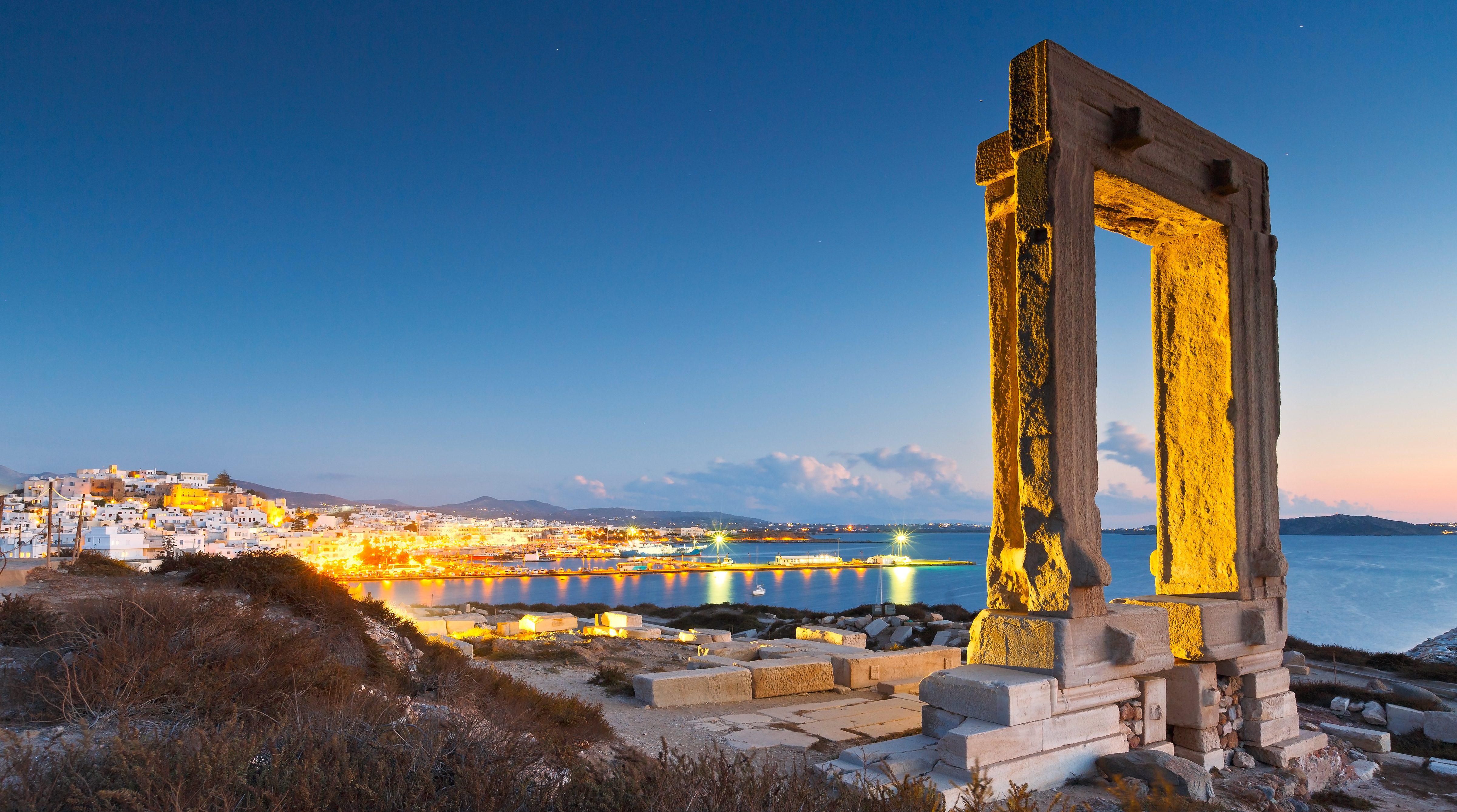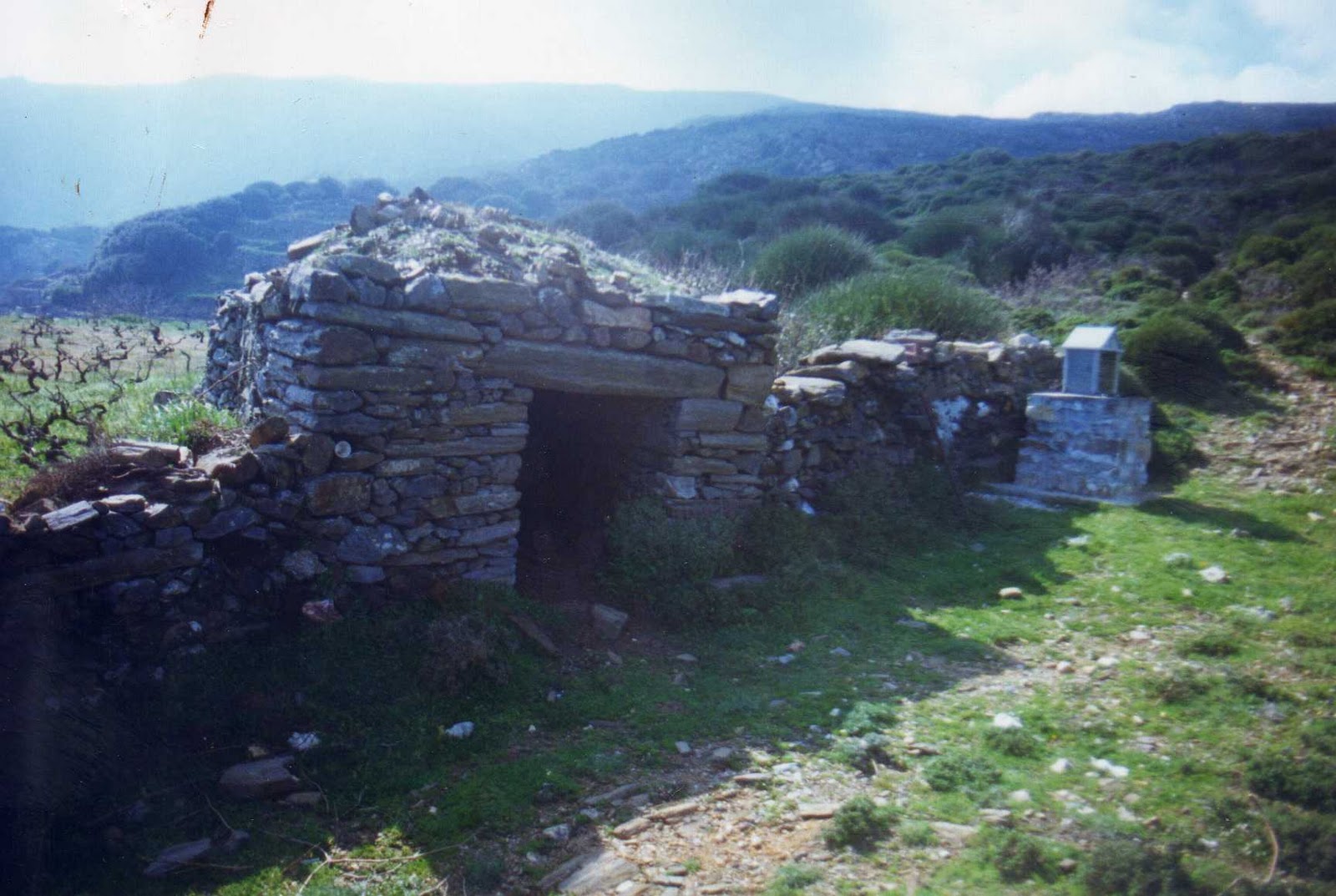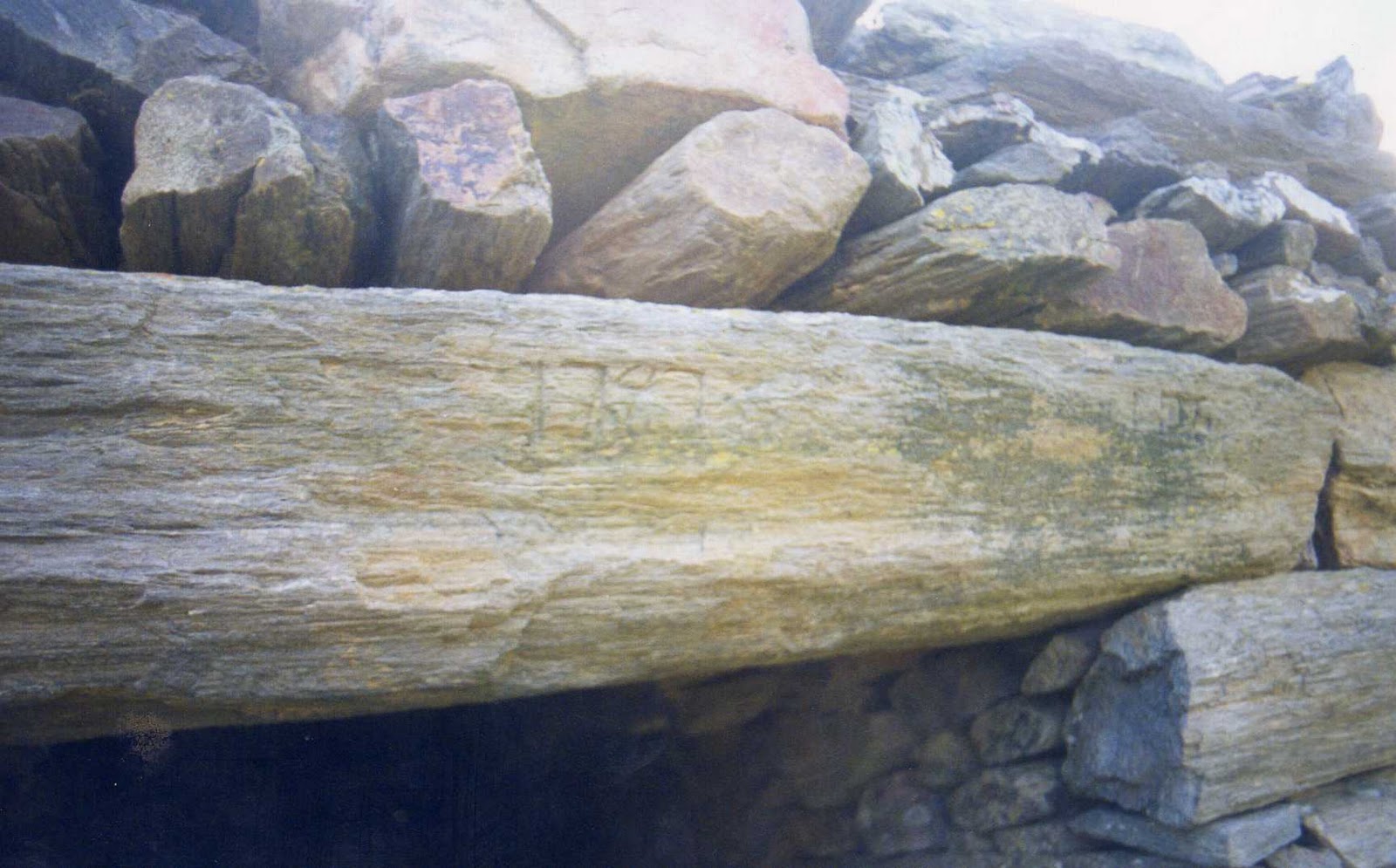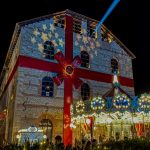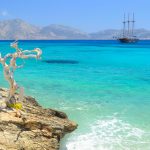Portara
It is the emblem of the island and it is the imposing entrance of the Temple of Apollo in the 6th century in the island where the natives call Palaces with Visual towards Delos, the birthplace of Apollo. According to legends, this is the place where Theseus abandoned Ariadne and Dionysus abducted her, that’s why it is being said that there were thrown the first “Dionysia”. A small path connects the Palaces with the island. Portara welcomes Naxos visitors but also transit passengers who are amazed by its colors and architecture simplicity. The Temple of Apollo is in a numerous of photographs mainly during sunset time.
Chora
Is the capital and the main port of the island, something which is not found in the other Cycladic Islands. It is built on the site of the ancient town and the existence of many important archaeological monuments make it special and full of historical wealth. The modern form and everyday life of the country with countless shops, restaurants and bars is unfolding around the Court Square. There the traveler enjoys modern entertainment services and high quality amenities, wandering in the medieval streets of a bygone era.
Halki
No one could have imagined that Chora’s Cycladic continuation in the surrounding settlements would end up on a grassy ftatland, the flatland of Tragaia, where olive trees and countless other trees testify the fertility of the island. The impressive church of Panagia Protothroni, operated since 1052 and Barozzi Tower of the 17th century is just a few of the attractions of the region.
Damarionas
Arches, whitewashed alleys, squares. A village with few inhabitants, ready to welcome with love and warmth each guest. It is classified as a traditional settlement, where the old church of Christ is located, with sculpted wooden iconostasis and priceless old pictures.
Melanes
Springs, abandoned mills and an archaic Kouros of Naxos resting in the edge of an orchard compose the scenery of the village in one of the most fertile valleys on the island. The most important monument and attraction of the whole Mediterranean is the Palace of the Jesuits, a medieval building, which was the summer residence of the Jesuit Monks.



